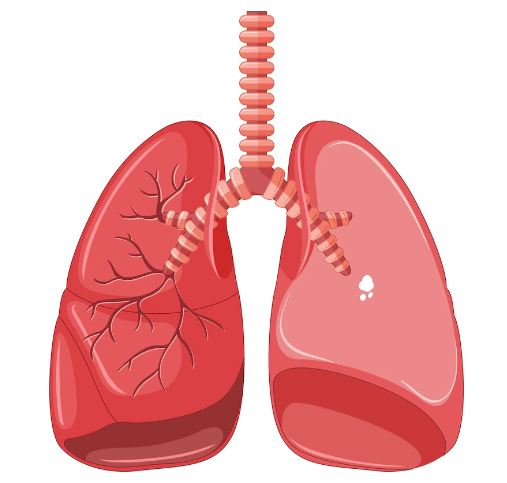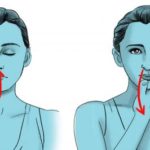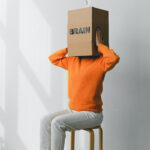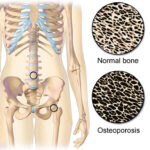Tuberculosis is emerging in patients recovering from Covid. According to the World Health Organization, drug-resistant tuberculosis increased by 3 percent last year. However, awareness can help anyone the harmful effects of tuberculosis can be avoided a lot.

Symptoms of Tuberculosis
Tuberculosis is an infectious disease. Mainly due to ignorance, tuberculosis spreads rapidly if the disease is not diagnosed at the right time. Symptoms include persistent cough, pale and anemic skin, increased cough in the morning and at night, and cough with mucus. Sometimes blood comes with a cough. Weakness and reluctance to work increase. Loss of body, loss of tone, fever after the afternoon, sweating at night, and gradual loss of body weight are also symptoms. Usually, more than three weeks of cough, fever, phlegm with cough and occasional blood discharge, weight loss, chest pain, weakness, and loss of appetite should go to the TB diagnosis center as soon as possible.
Causes of Tuberculosis
Irregular consumption of unhealthy food is the main reason. This disease can occur if the food lacks sufficient nutrients and vitamins. Besides, undisciplined living can also lead to tuberculosis. Apart from this, a dirty environment, living in a damp and airless room, overwork, and anxiety, also increase the risk of this disease. If parents or relatives have this disease, children can also get it. Tuberculosis can also be spread through promiscuous sex, repeated pregnancies, and drinking from many people in the same container.
Advice for TB patients
- As soon as the symptoms of the disease appear, you should go to the TB control center to diagnose the disease. If tuberculosis is confirmed, the patient should be referred to the hospital. If that is not possible, the patient should be kept in a separate room at home and treated by an experienced doctor.
- Separate furniture and tableware should be arranged for the patient. No one else can use the furniture and utensils used by the patient.
- Do not put phlegm, spit, or mucus where the patient is. A pot should collect the patient’s phlegm, and sputum and apply disinfectant to it.
- Dust and smoke ventilation systems should be provided.
- Dust should not be accumulated inside the house. The pests like flies, cockroaches, and ants should be removed from the house.
- The patient’s home should be well-ventilated.
- Fresh and nutritious food should be given to the patient regularly.
- Overwork should be avoided.





















